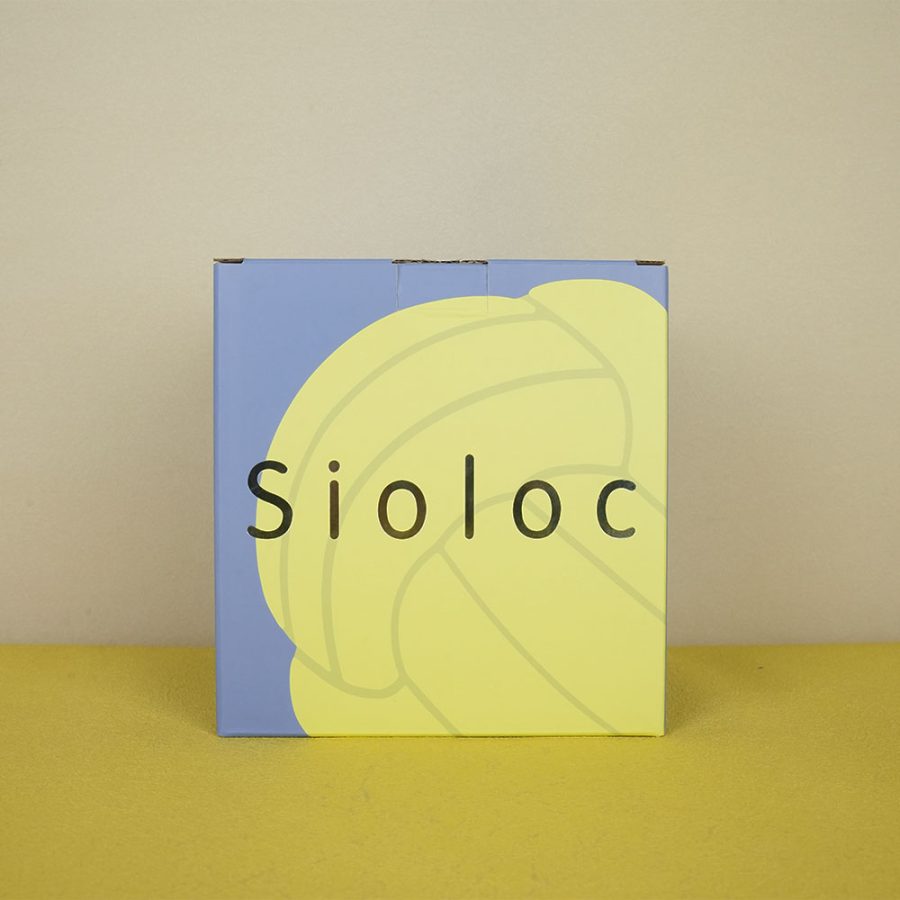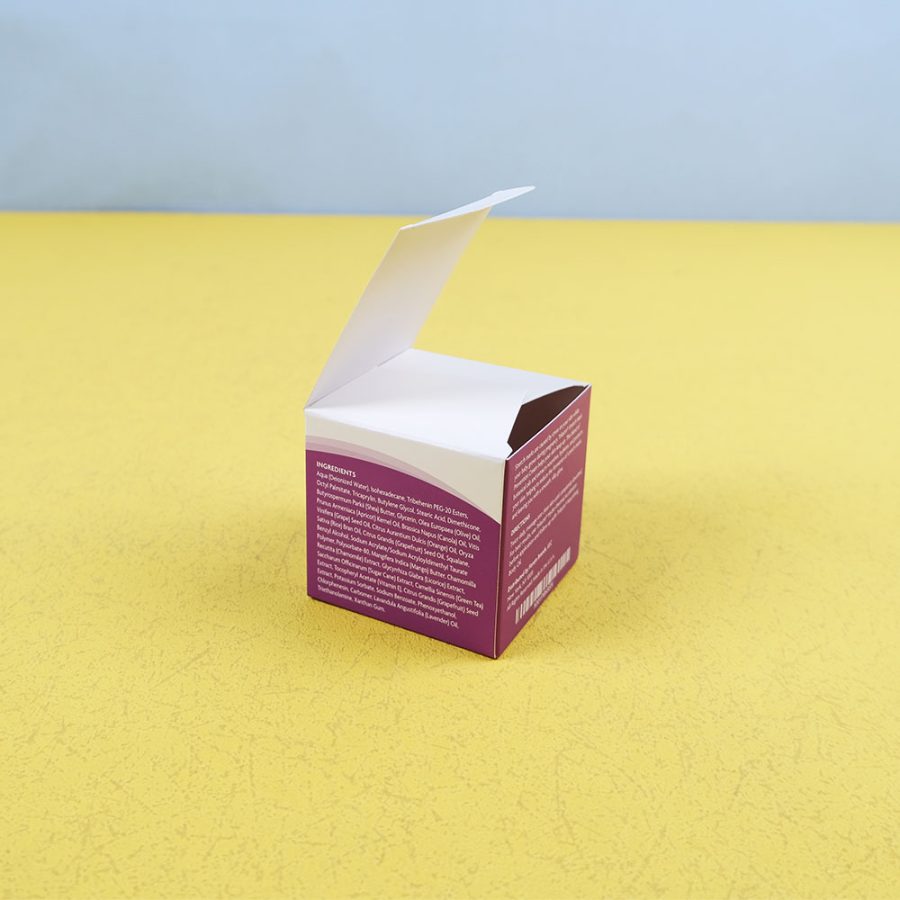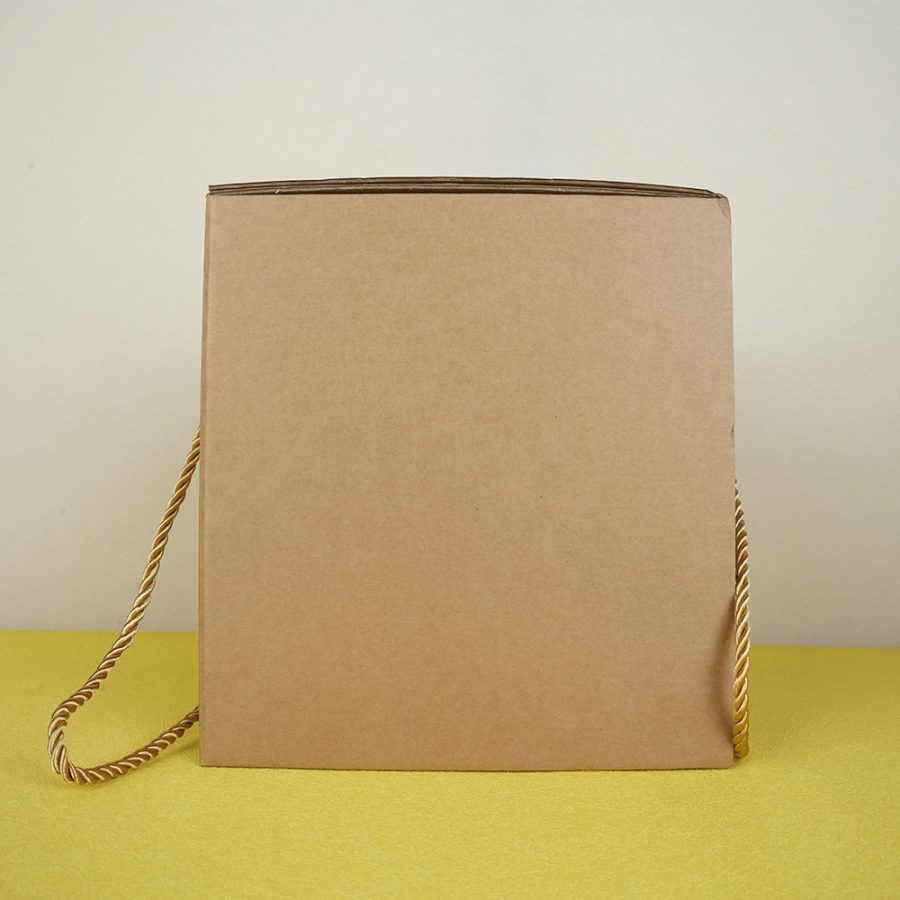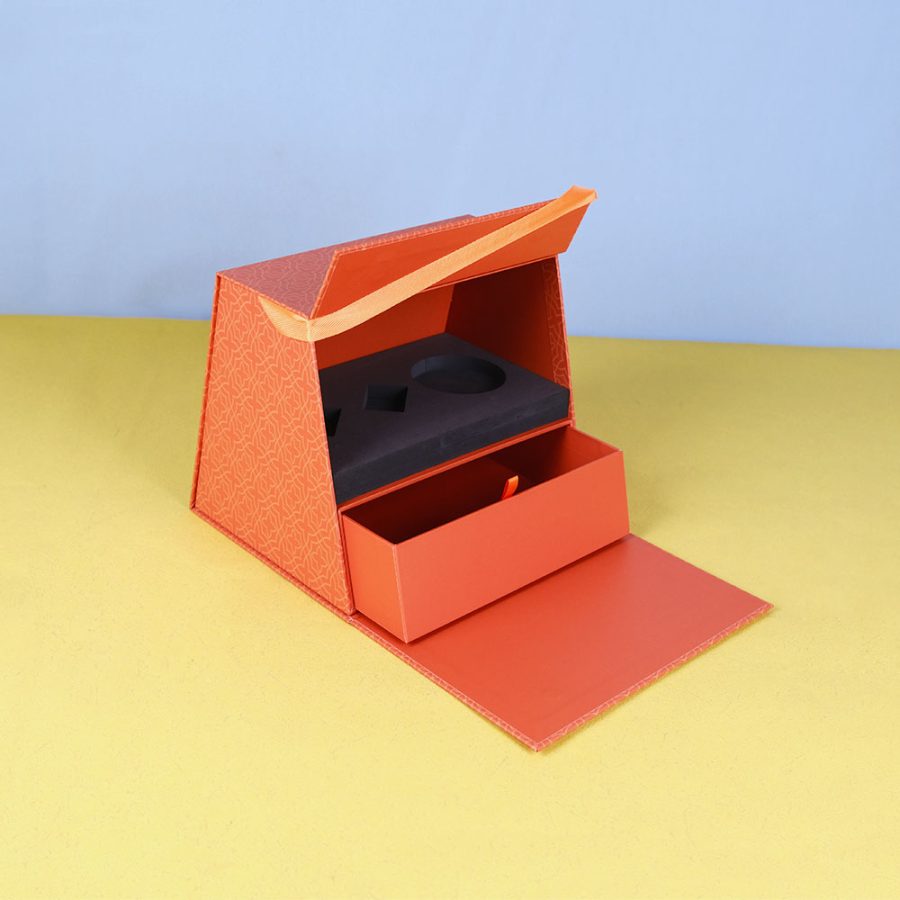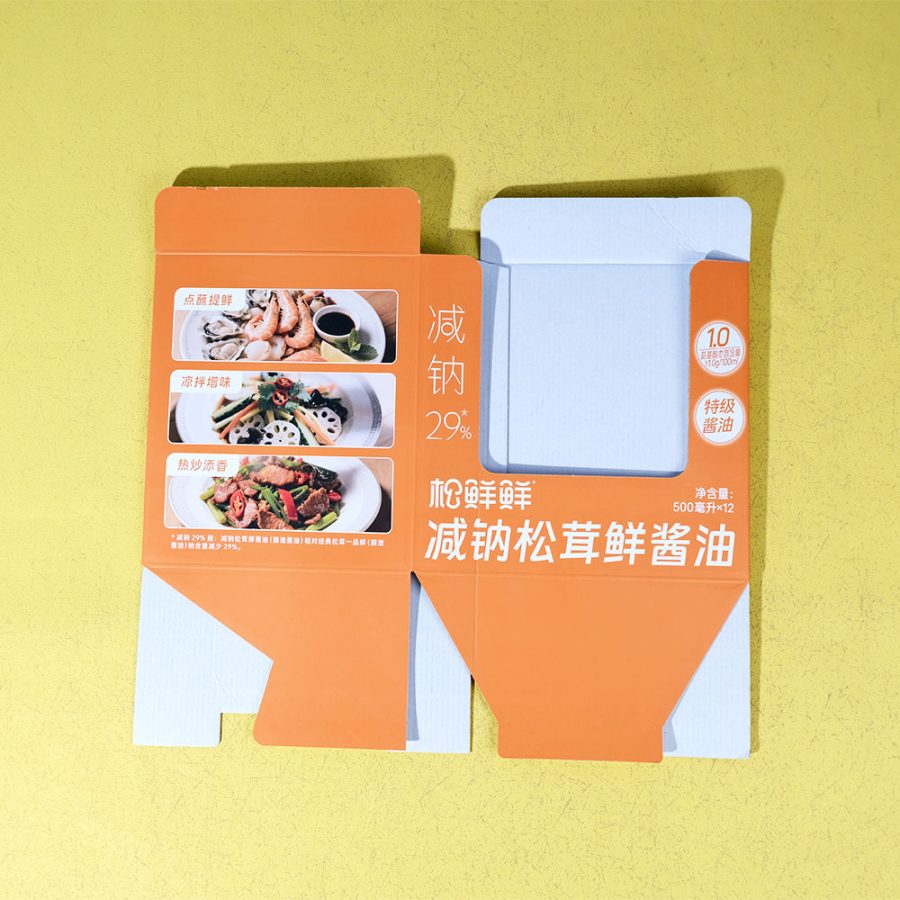How Custom Packaging and Labeling Influence Consumer Decisions
In today’s highly competitive market, the battle for consumer attention goes far beyond product quality. It begins the moment a potential customer lays eyes on your packaging. For businesses aiming to stand out on the shelf or online, custom packaging and labeling have become essential tools for branding, differentiation, and conversion.
First Impressions Matter
Consumers are often overwhelmed with choices, whether shopping in-store or online. In this crowded marketplace, custom packaging serves as the first touchpoint between the product and the consumer. A well-designed package can communicate a brand’s identity, values, and positioning instantly. According to marketing research, consumers often make purchasing decisions within seconds—and the packaging plays a significant role in that snap judgment. Bright colors, unique shapes, premium textures, and clear messaging can capture attention quickly and encourage consumers to take a closer look. Even without prior knowledge of the brand, shoppers are drawn to packaging that looks professional and thoughtfully designed.
Communicating Product Quality and Brand Story
Packaging and labeling are more than just protective layers—they are powerful storytelling tools. They allow brands to communicate what sets their product apart, whether it's sustainable sourcing, artisanal craftsmanship, or innovative ingredients. Labels that clearly state features such as "organic," "cruelty-free," "handmade," or "locally produced" help consumers align their values with their purchase decisions. Likewise, including brand stories, usage tips, or QR codes for deeper engagement can foster stronger connections and encourage brand loyalty.
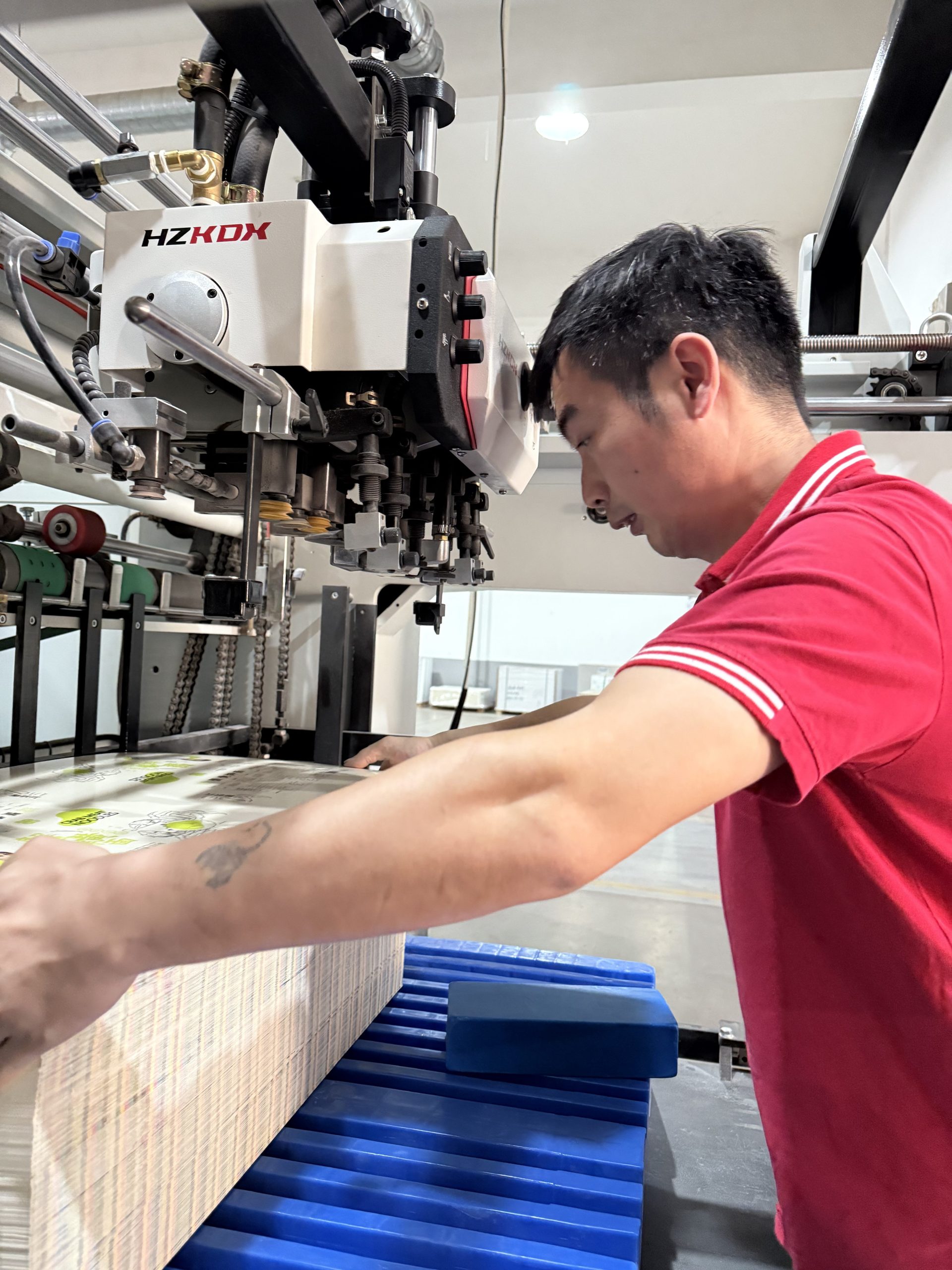
Building Trust and Transparency
Today’s consumers value transparency. Clear, informative labeling builds trust. Important details such as ingredients, certifications, origin, and usage instructions contribute to a sense of authenticity. Misleading or vague labels, on the other hand, can create confusion and drive customers away. By investing in honest and detailed labeling, companies can assure consumers they are making informed choices, ultimately enhancing their credibility and reputation.
Enhancing User Experience
Smart packaging design isn’t just about aesthetics—it also improves usability. Easy-to-open seals, resealable packs, eco-friendly materials, or compact sizing all contribute to the consumer experience. When packaging is convenient and thoughtful, it adds value to the product itself. In custom packaging, functionality meets creativity. This combination can leave a lasting impression, increasing the likelihood of repeat purchases and positive word-of-mouth.
Supporting Brand Recall and Differentiation
Consistent custom packaging across your product line reinforces your visual identity and aids brand recall. Unique typography, color schemes, and structural design make it easier for customers to recognize your brand in the future. In saturated markets, where many products serve similar functions, visual differentiation through packaging can be the tipping point that drives the sale.
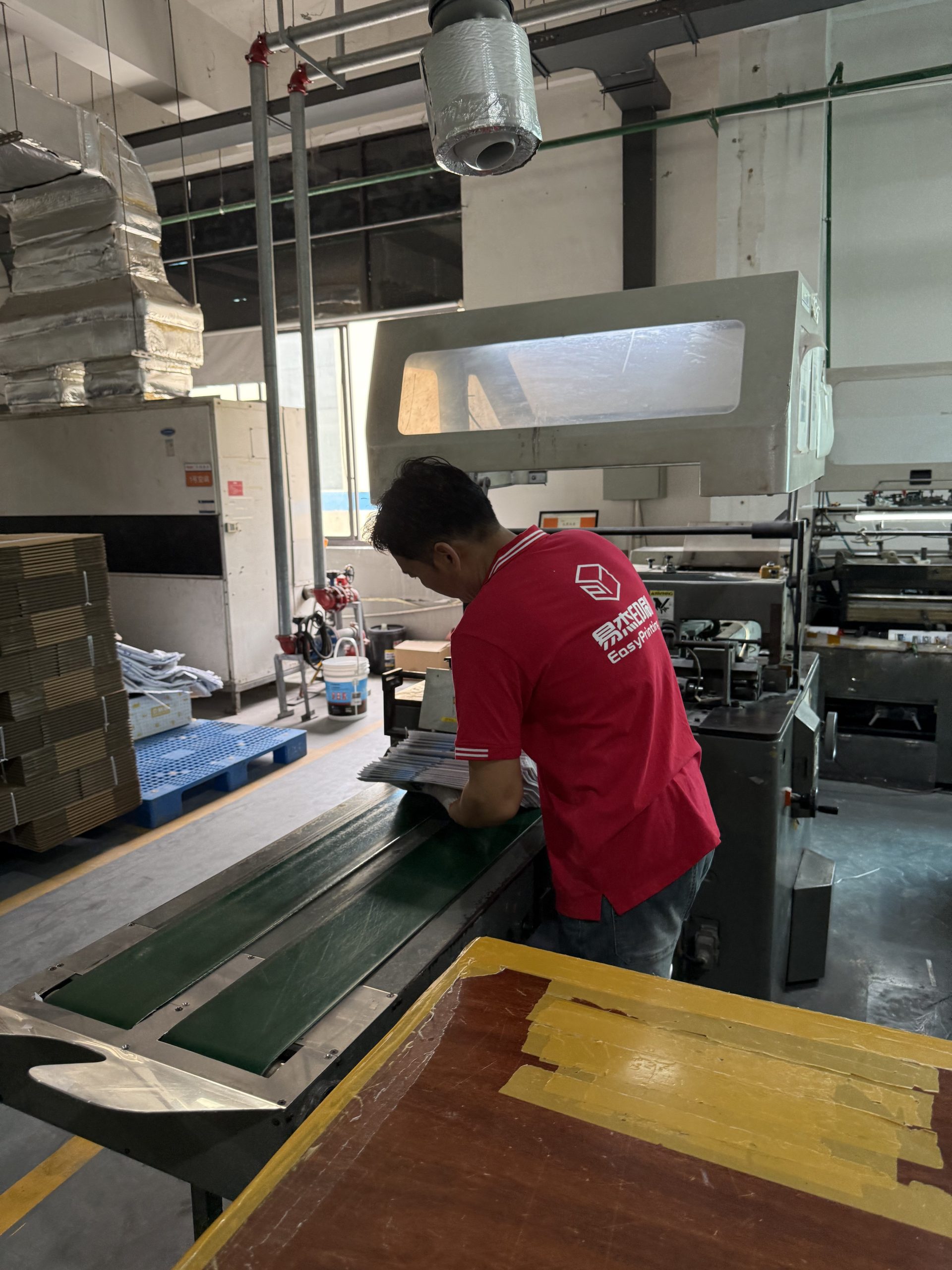
The Role of Sustainability
Today’s consumers are more environmentally conscious than ever. Custom packaging that uses recyclable, biodegradable, or minimal materials signals a brand's commitment to sustainability. This can significantly influence buying decisions, especially among millennials and Gen Z shoppers. Highlighting your eco-friendly choices through your labeling also reinforces this positive message and appeals to green-conscious buyers.
Conclusion
Custom packaging and labeling are more than just branding tools—they are a direct line of communication to your customer. They shape perceptions, influence buying decisions, and play a crucial role in building trust and loyalty. Businesses that prioritize thoughtful, well-designed packaging are more likely to win in both attention and long-term customer relationships.



